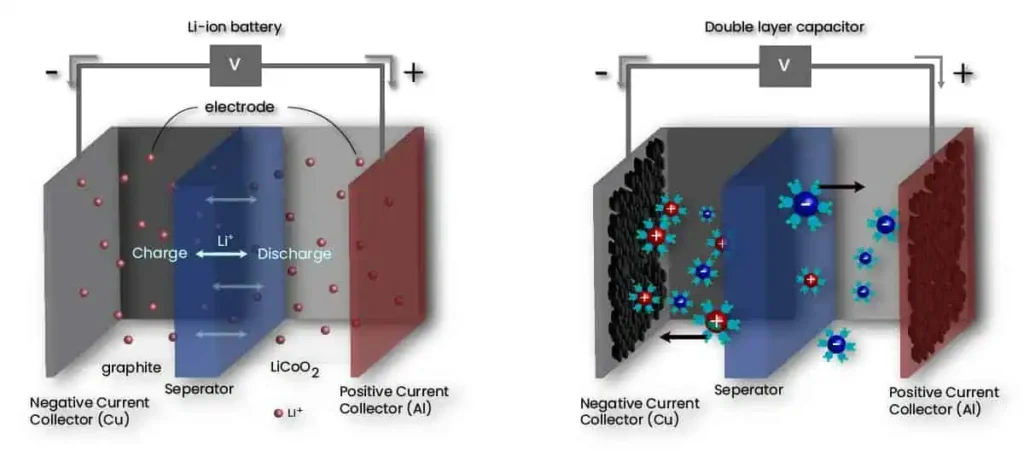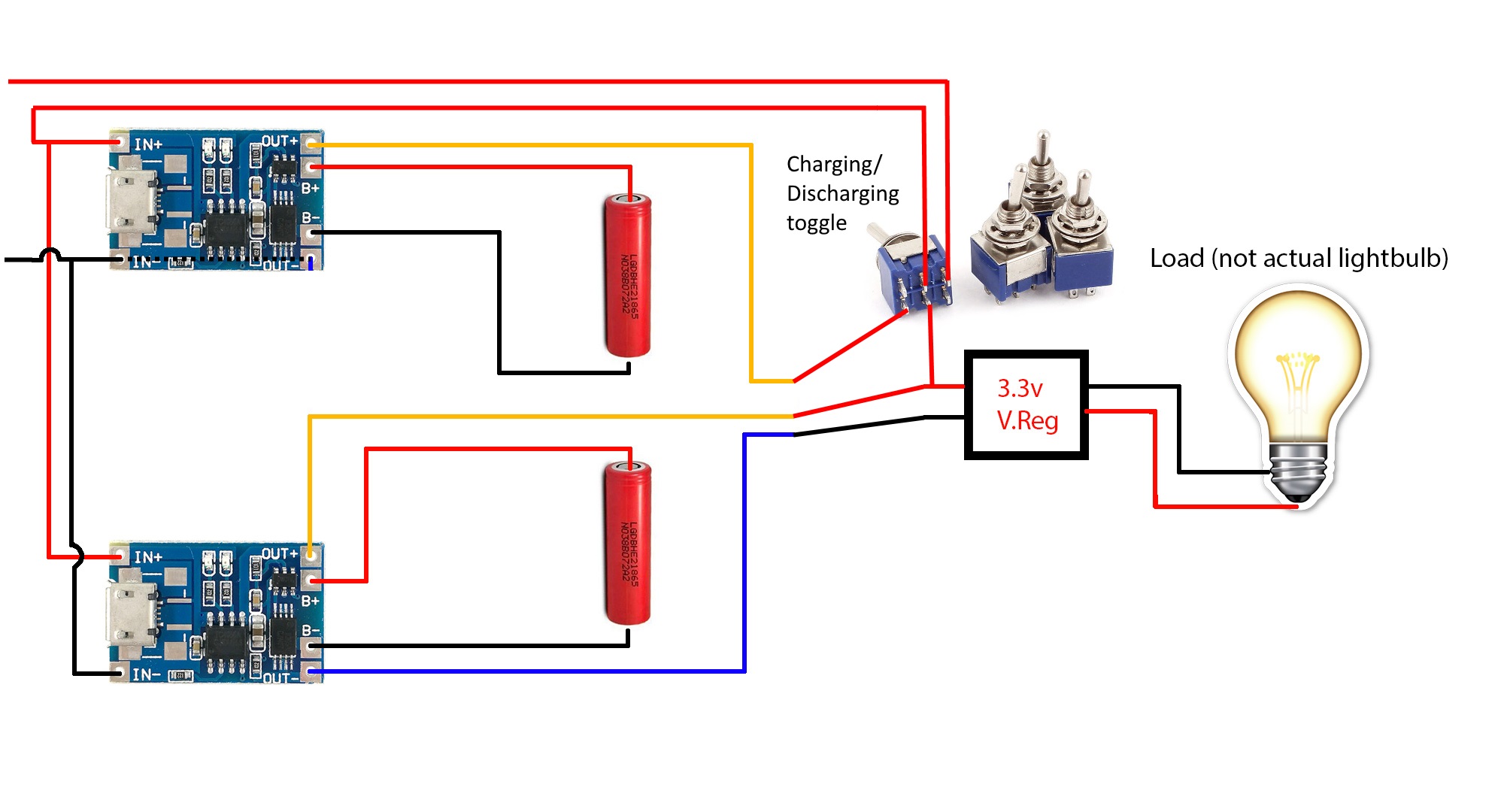How to Use a Supercapacitor for Energy Storage
Supercapacitors, also known as ultracapacitors or electrical double-layer capacitors, are becoming increasingly popular for energy storage due to their high power density, fast charging capabilities, and long cycle life. Unlike traditional batteries, supercapacitors store energy through the separation of charges at the interface between electrolyte and electrode materials. In this article, we will explore how to effectively use a supercapacitor for energy storage.
1. Selecting the Right Supercapacitor
Before you can begin using a supercapacitor for energy storage, it is essential to select the right one for your specific application. Consider factors such as voltage and capacitance requirements, operational temperature range, and expected cycle life. Some common supercapacitor manufacturers include Maxwell Technologies, Panasonic, and Skeleton Technologies.
2. Developing a Proper Charging System
Supercapacitors have unique charging requirements compared to traditional batteries. They can be charged and discharged at a higher rate without significant degradation in performance. To ensure optimal charging and discharging, it is crucial to develop a proper charging system that controls the voltage and current levels to prevent overcharging and over-discharging.
3. Integrating Supercapacitors into Energy Storage Systems
Supercapacitors can be integrated into various energy storage systems to improve their overall performance. They are commonly used in combination with batteries to provide high power bursts for applications like regenerative braking in electric vehicles or peak shaving in renewable energy systems. Proper integration of supercapacitors can enhance energy efficiency and system reliability.
4. Monitoring and Maintaining Supercapacitor Performance
Regular monitoring and maintenance are essential to ensure the optimal performance and longevity of supercapacitors. Monitor parameters such as voltage, temperature, and internal resistance to detect any potential issues early. Implement a maintenance schedule that includes periodic testing, balancing, and replacement of faulty supercapacitors to prevent system failures.
5. Maximizing the Benefits of Supercapacitors
In conclusion, supercapacitors offer numerous advantages for energy storage applications, including high power density, fast charging capabilities, and long cycle life. By selecting the right supercapacitor, developing a proper charging system, integrating them into energy storage systems, and monitoring their performance regularly, you can maximize the benefits of supercapacitors and optimize your energy storage solutions.
“Supercapacitors are a game-changer for energy storage, offering high performance and reliability in a compact package.”
How to Use a Supercapacitor for Energy Storage
Supercapacitors, also known as ultracapacitors or electrical double-layer capacitors, are becoming increasingly popular for energy storage due to their high power density, fast charging capabilities, and long cycle life. Unlike traditional batteries, supercapacitors store energy through the separation of charges at the interface between electrolyte and electrode materials. In this article, we will explore how to effectively use a supercapacitor for energy storage.
1. Selecting the Right Supercapacitor
Before you can begin using a supercapacitor for energy storage, it is essential to select the right one for your specific application. Consider factors such as voltage and capacitance requirements, operational temperature range, and expected cycle life. Some common supercapacitor manufacturers include Maxwell Technologies, Panasonic, and Skeleton Technologies.
2. Developing a Proper Charging System
Supercapacitors have unique charging requirements compared to traditional batteries. They can be charged and discharged at a higher rate without significant degradation in performance. To ensure optimal charging and discharging, it is crucial to develop a proper charging system that controls the voltage and current levels to prevent overcharging and over-discharging.
3. Integrating Supercapacitors into Energy Storage Systems
Supercapacitors can be integrated into various energy storage systems to improve their overall performance. They are commonly used in combination with batteries to provide high power bursts for applications like regenerative braking in electric vehicles or peak shaving in renewable energy systems. Proper integration of supercapacitors can enhance energy efficiency and system reliability.
4. Monitoring and Maintaining Supercapacitor Performance
Regular monitoring and maintenance are essential to ensure the optimal performance and longevity of supercapacitors. Monitor parameters such as voltage, temperature, and internal resistance to detect any potential issues early. Implement a maintenance schedule that includes periodic testing, balancing, and replacement of faulty supercapacitors to prevent system failures.
5. Maximizing the Benefits of Supercapacitors
In conclusion, supercapacitors offer numerous advantages for energy storage applications, including high power density, fast charging capabilities, and long cycle life. By selecting the right supercapacitor, developing a proper charging system, integrating them into energy storage systems, and monitoring their performance regularly, you can maximize the benefits of supercapacitors and optimize your energy storage solutions.
“Supercapacitors are a game-changer for energy storage, offering high performance and reliability in a compact package.”



